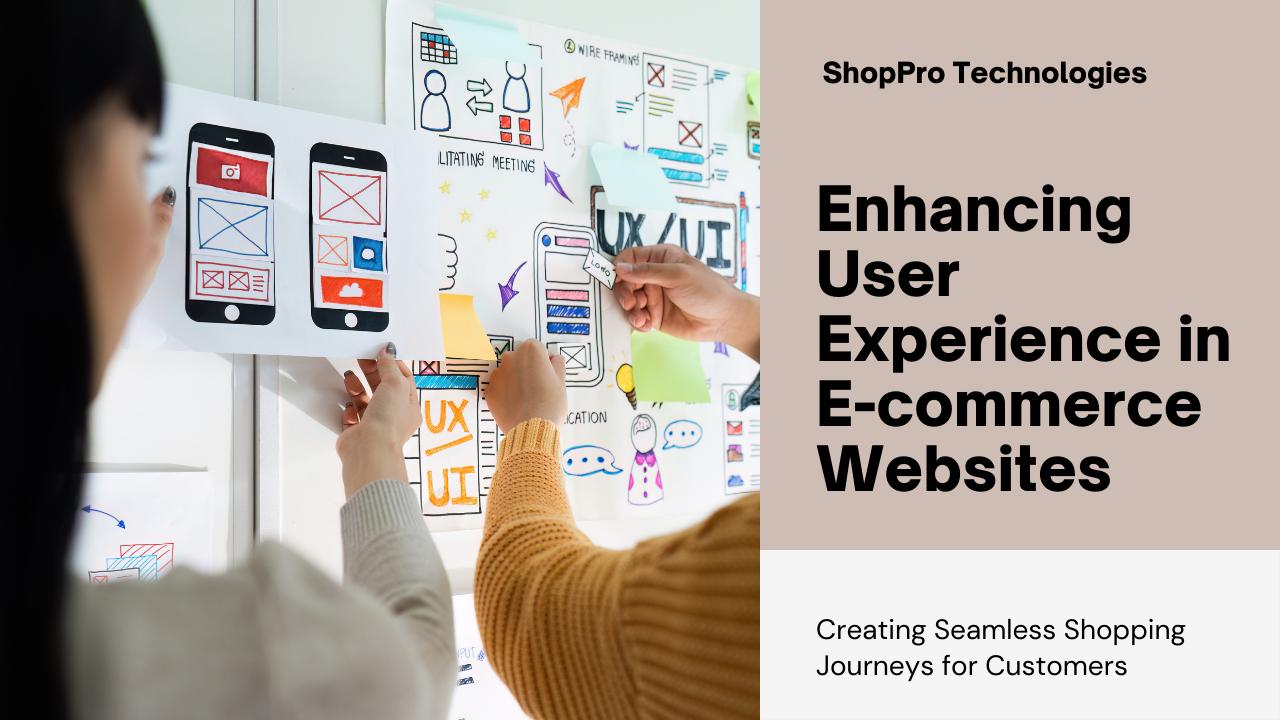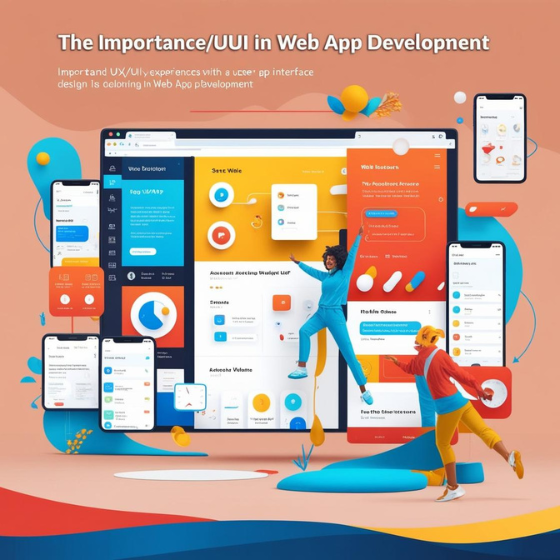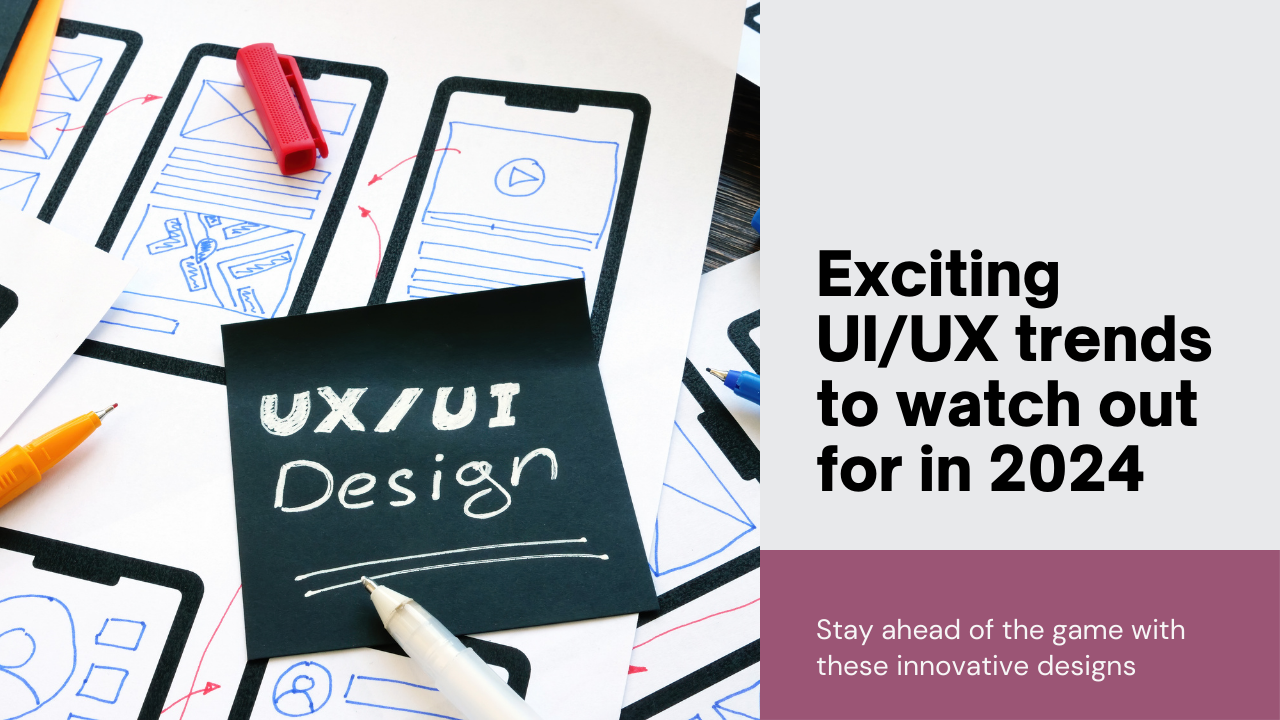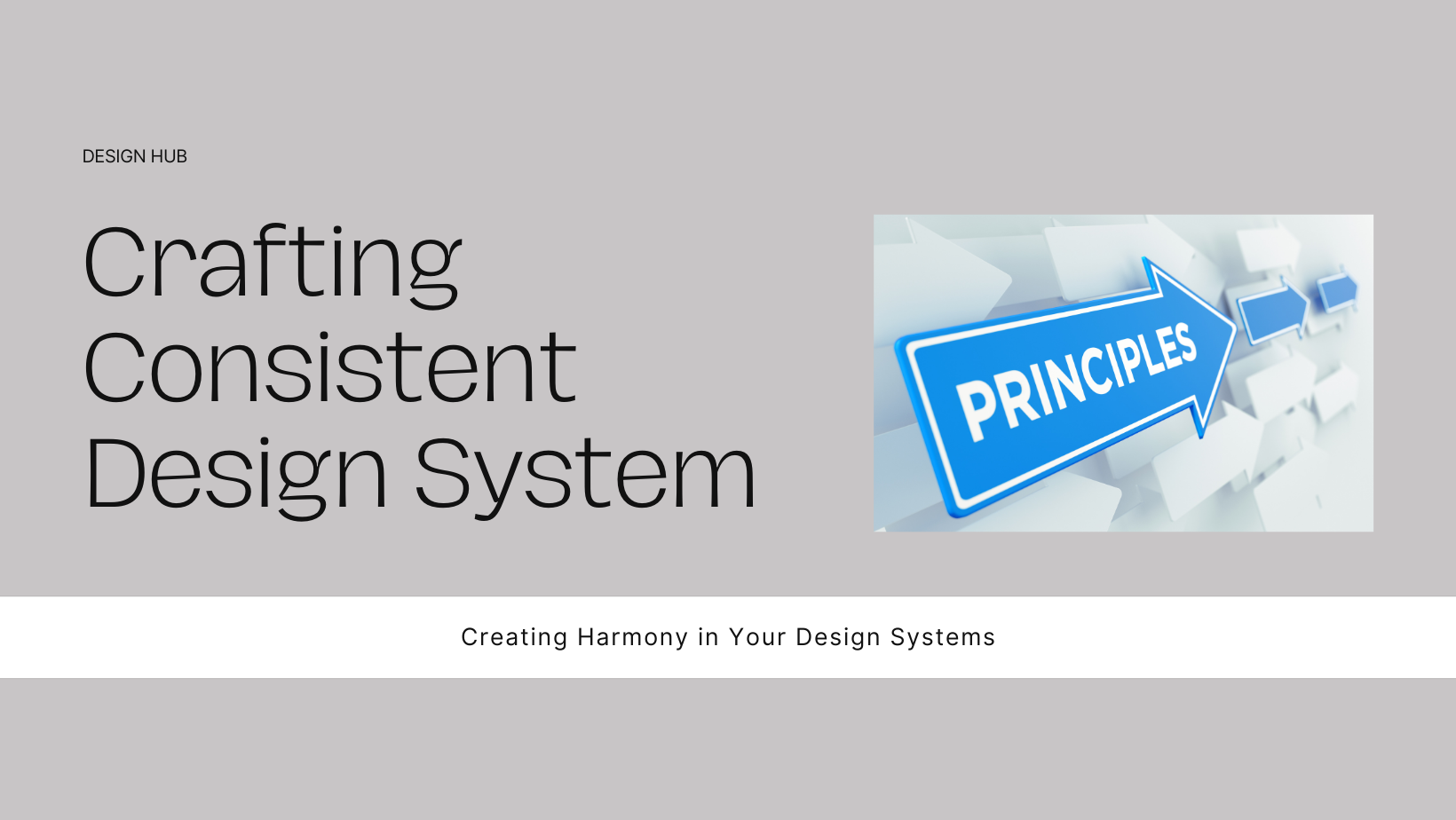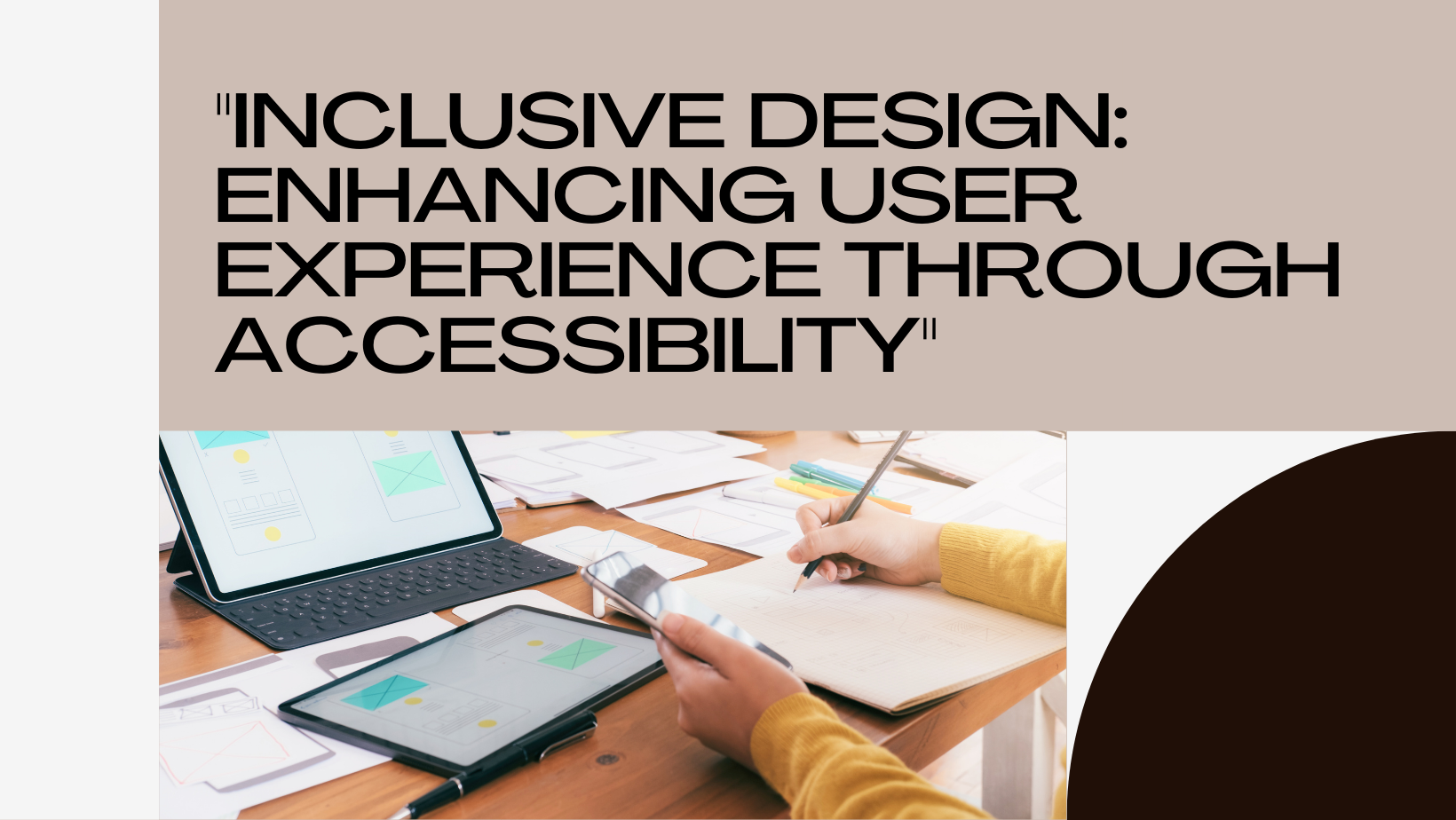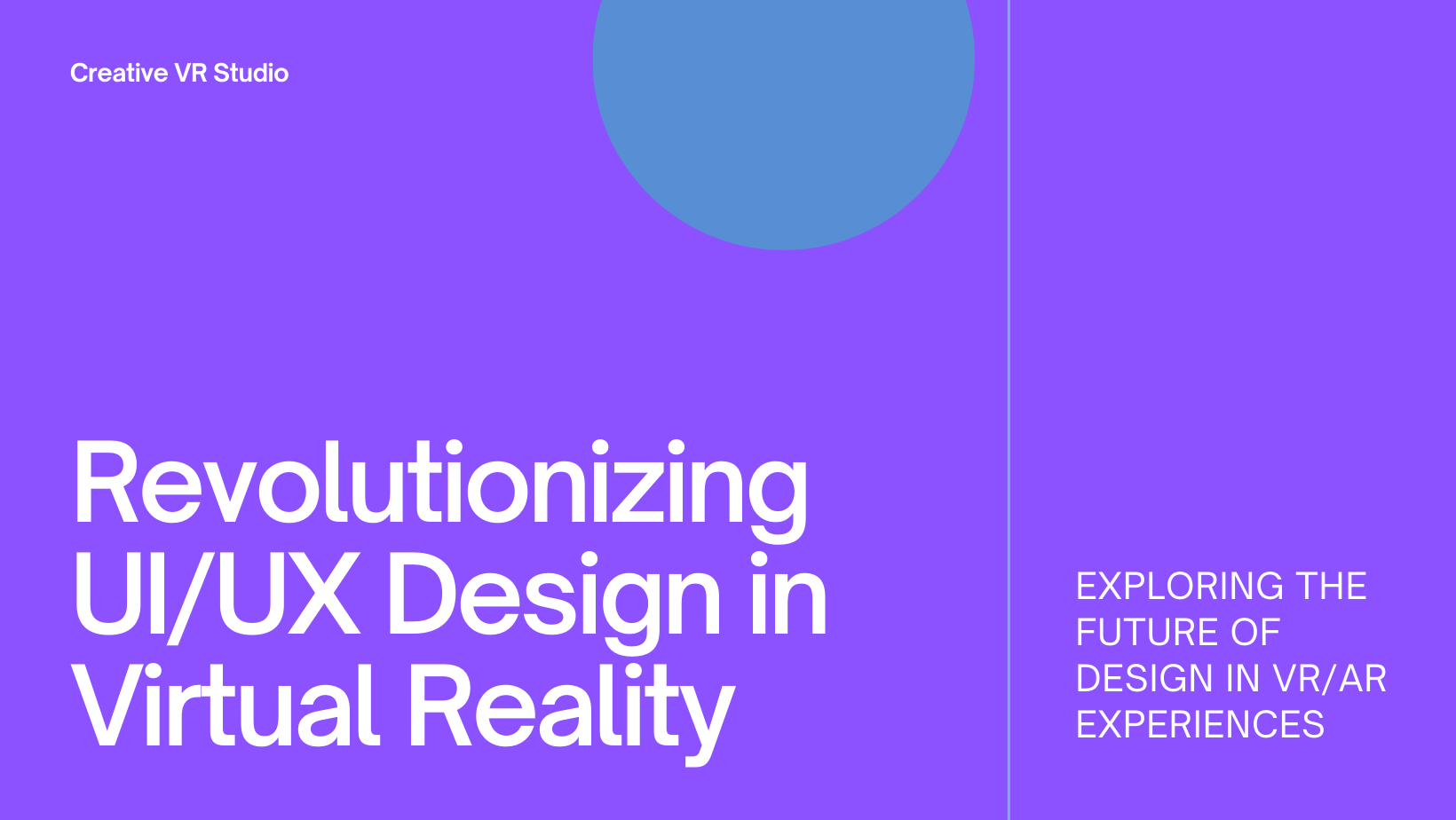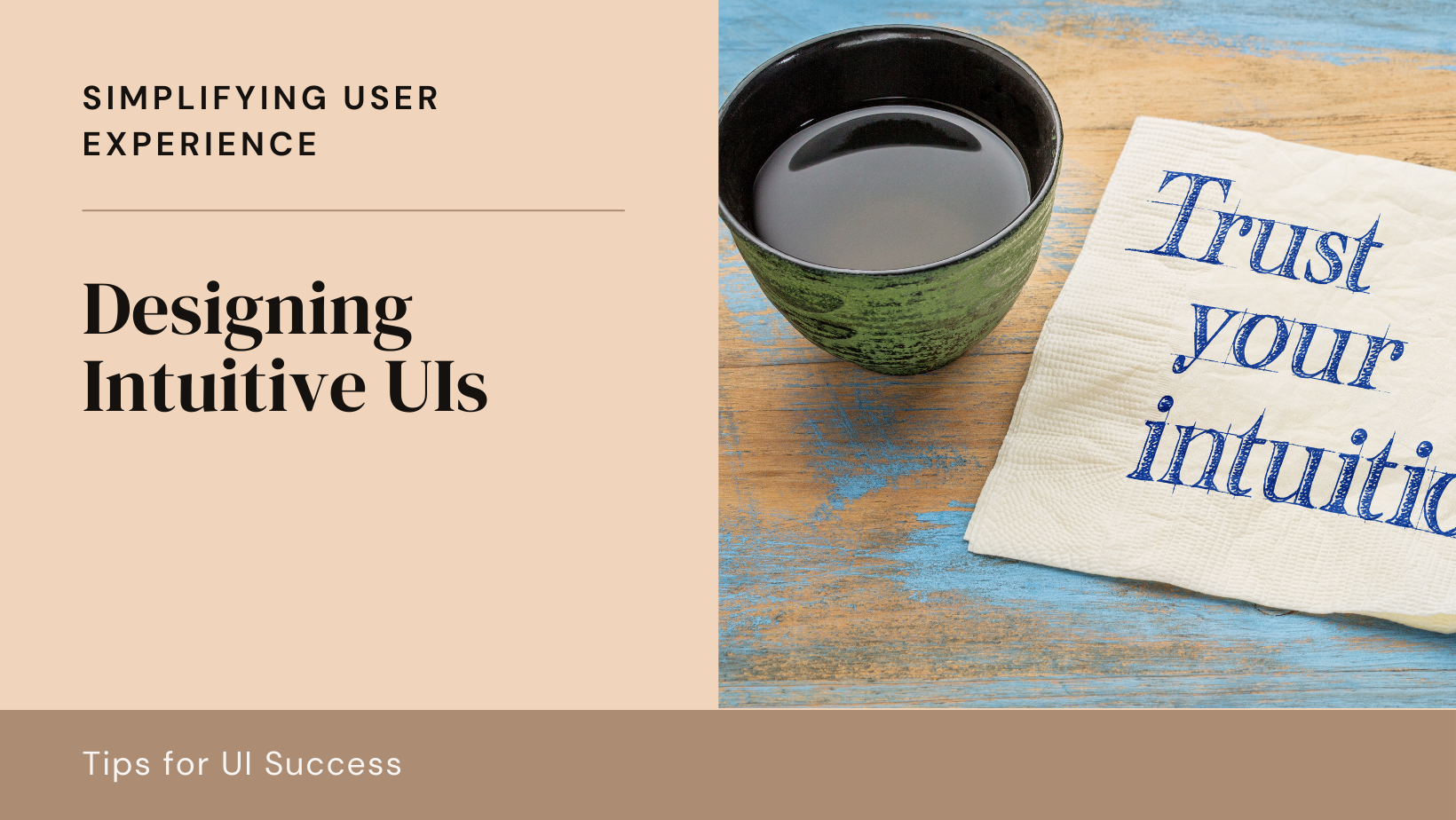In the competitive landscape of e-commerce, user interface (UI) and user experience (UX) design play pivotal roles in shaping customer perceptions, driving engagement, and ultimately impacting business growth. This blog explores the significance of UI/UX design in e-commerce, highlighting key strategies, best practices, and case studies that showcase its transformative impact.
Importance of UI/UX in E-commerce
1. Enhancing User Experience
UI/UX design directly impacts how users interact with an online store. A well-designed interface enhances usability by making navigation intuitive, simplifying the purchasing process, and ensuring a seamless flow from product discovery to checkout.
Example:
- Intuitive Navigation: Clear menus, categorized product listings, and search functionalities streamline user navigation, helping them find desired products effortlessly.
2. Building Trust and Credibility
A visually appealing and user-friendly interface builds trust among customers. Positive user experiences, such as easy-to-use interfaces and responsive design, instill confidence in the brand and encourage repeat purchases.
Example:
- Responsive Design: Ensuring the website is accessible and functions well across all devices (desktops, tablets, and smartphones) enhances user experience and credibility.
3. Increasing Conversion Rates
Effective UI/UX design optimizes the conversion funnel, turning visitors into customers. By reducing friction points, improving page load times, and optimizing checkout processes, e-commerce businesses can significantly boost conversion rates.
Example:
- Streamlined Checkout: Implementing guest checkout options, progress indicators, and multiple payment methods simplifies the purchase process and reduces cart abandonment rates.
Best Practices for UI/UX Design in E-commerce
1. User-Centered Design Approach
Adopt a user-centered design approach to create interfaces that cater to the needs, preferences, and behaviors of target customers. Conduct user research, analyze customer feedback, and iterate designs based on usability testing.
Tips:
- Persona Development: Create user personas to understand the demographics, motivations, and pain points of your target audience.
- Usability Testing: Test prototypes with real users to identify usability issues and refine the interface accordingly.
2. Optimizing Product Discovery
Facilitate product discovery through intuitive search functionalities, personalized recommendations, and effective filtering options. Help users find products quickly based on their preferences and browsing behavior.
Tips:
- Search Bar Design: Implement auto-suggestions, filters by category, price range, and product attributes to refine search results.
- Personalized Recommendations: Use algorithms to recommend products based on past purchases, browsing history, and demographic data.
3. Simplifying Checkout Process
Streamline the checkout process to minimize cart abandonment rates and improve conversion rates. Optimize form fields, offer guest checkout options, and provide multiple secure payment methods to enhance user experience.
Tips:
- Single-Page Checkout: Condense checkout steps into a single page to reduce friction and simplify the purchasing journey.
- Clear Call-to-Action (CTA): Use prominent CTAs for “Add to Cart,” “Proceed to Checkout,” and “Place Order” to guide users through the purchasing process.
4. Mobile Optimization
Given the rise in mobile shopping, ensure the e-commerce website is fully responsive and optimized for mobile devices. Prioritize mobile-first design principles to provide a seamless user experience across all screen sizes.
Tips:
- Responsive Design: Design layouts that adapt to various screen resolutions and orientations without compromising usability.
- Mobile Speed Optimization: Improve page load times and performance metrics to enhance mobile user experience and reduce bounce rates.
Case Studies: Successful UI/UX Projects in E-commerce
1. Amazon
Amazon’s success can be attributed to its relentless focus on UI/UX design. The e-commerce giant prioritizes personalized recommendations, seamless checkout processes, and a user-friendly interface that encourages repeat purchases.
2. Shopify
Shopify’s platform offers customizable UI/UX templates and user-friendly tools that empower businesses to create compelling online stores. Their intuitive interface and robust backend support contribute to high customer satisfaction and retention.
3. Warby Parker
Warby Parker revolutionized the online eyewear industry with its immersive virtual try-on feature. By integrating AR technology into their e-commerce platform, they enhanced the user experience, increased engagement, and reduced returns.
Future Trends in UI/UX Design for E-commerce
1. Augmented Reality (AR) and Virtual Try-On
AR technology will continue to reshape the e-commerce landscape by enabling virtual product experiences, such as virtual try-ons for apparel, accessories, and home décor items.
2. AI-Powered Personalization
Artificial intelligence will play a crucial role in delivering personalized shopping experiences through predictive analytics, chatbots, and recommendation engines that anticipate customer needs.
3. Voice Commerce
Voice-enabled interfaces, powered by AI assistants like Siri and Alexa, will streamline shopping experiences by allowing users to browse products, place orders, and receive customer support using voice commands.
Conclusion
In conclusion, UI/UX design is a cornerstone of successful e-commerce strategies, influencing user engagement, conversion rates, and brand loyalty. By prioritizing user-centered design principles, optimizing product discovery and checkout processes, and embracing emerging technologies, e-commerce businesses can create compelling digital experiences that resonate with customers. At Sodio Technologies, we specialize in designing intuitive and high-converting UI/UX solutions tailored to enhance your e-commerce presence. Contact us today to elevate your online store with cutting-edge design expertise.
